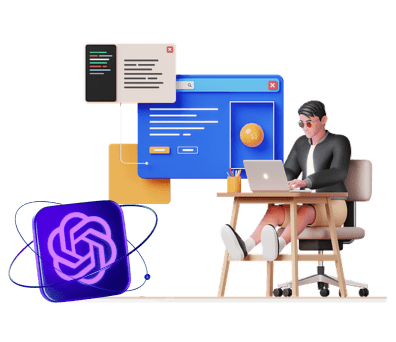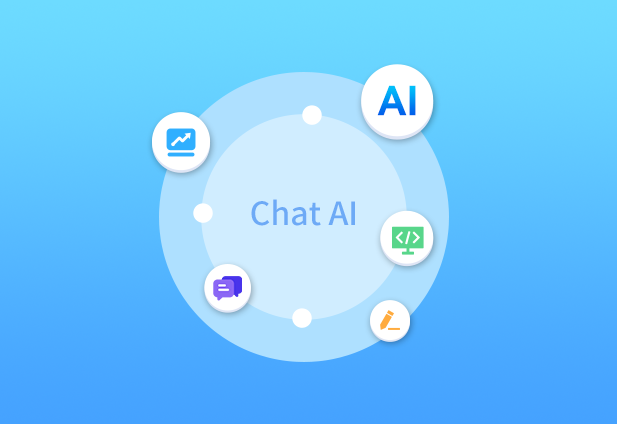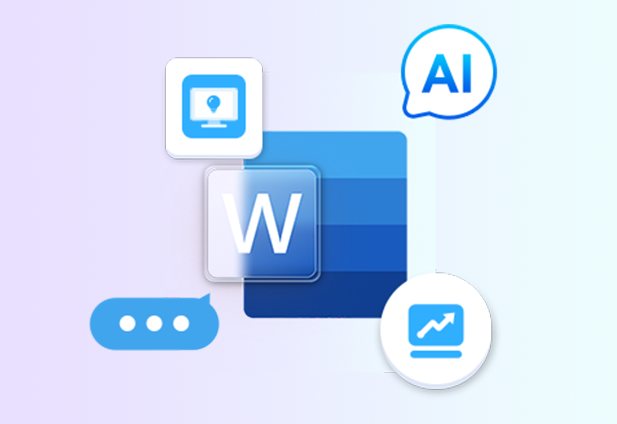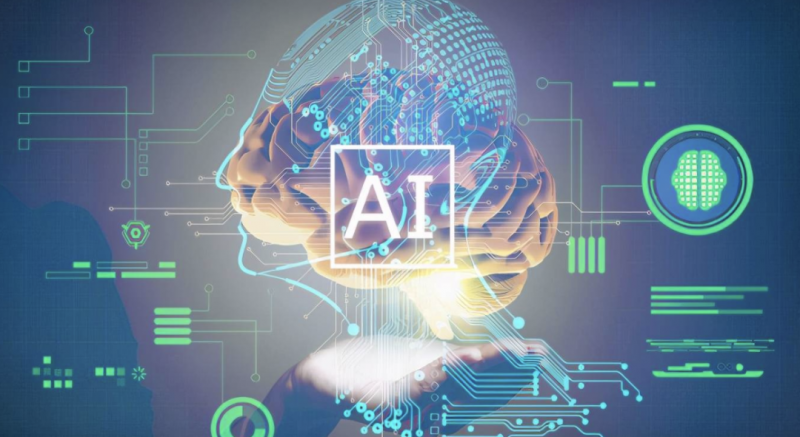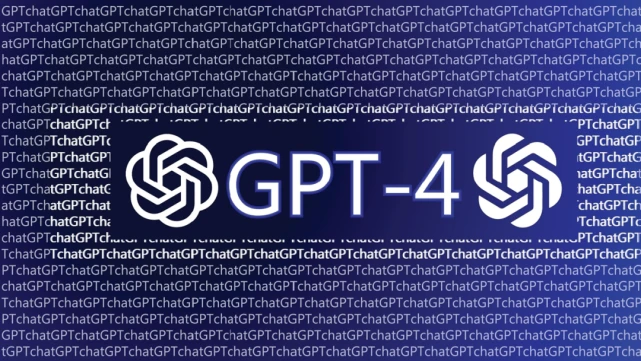
CHATGPT model
The CHATGPT model is a brand new natural language processing model that integrates the latest technologies and algorithms to help users gain a better experience in language processing. The CHATGPT model was developed by OpenAI and is mainly used for natural language understanding, natural language generation, and natural language dialogue. This model is mainly based on deep learning technology, utilizing neural networks to process text data, and continuously improving the accuracy and precision of the model through iterative training. The core technology of the CHATGPT model is the language model, which can automatically master language rules and grammar by learning a large amount of text data. In natural language processing, language models are the foundation for tasks such as automatic translation, question answering, and text summarization. The design of the CHATGPT model is unique, as it adopts the Transformer structure, which is a new deep neural network structure that can handle variable length text data. Compared to traditional recurrent neural network structures, Transformer can better implement long-term dependencies of text, improving the performance and efficiency of the model. At the same time, the CHATGPT model also uses pre training and fine-tuning techniques. In the pre training stage, the model is trained through massive text data, while in the fine-tuning stage, the model is optimized based on specific tasks to improve its accuracy and speed. The CHATGPT model has a wide range of applications, which can be used to achieve various tasks such as intelligent customer service, chat robots, speech recognition, machine translation, automatic summarization, etc. For example, in terms of intelligent customer service, the CHATGPT model can automatically identify problems based on user input and provide accurate answers; In terms of chat robots, the CHATGPT model can simulate real conversations and provide users with a more natural communication experience. In short, the CHATGPT model is a brand new natural language processing model that can help people better understand and process language, improve the efficiency and quality of human-computer interaction, and promote the continuous development of artificial intelligence technology.
-
1
Chatgpt model training

The ChatGPT model is a generative language model based on GPT-2, which can be used to generate natural language conversations. The content of the conversation can be any topic, including weather, sports, technology, entertainment, healthcare, etc. The training process of the ChatGPT model is very complex and requires multiple iterations of optimization to achieve the best results. Firstly, it is necessary to collect a large number of annotated dialogue corpora, which should cover various topics and scenarios to ensure that the trained model can cope with various dialogue scenarios. After collecting the discourse corpus, it is necessary to preprocess the data and convert it into a format that the model can process. This step usually requires data cleaning, word segmentation, and word removal to enable the model to effectively understand and process the data. The next step is the training process of the model, which usually requires the use of deep learning frameworks such as TensorFlow, PyTorch, etc. to import data into the model for training. During the training process, we need to continuously optimize the model to improve its accuracy and efficiency. This involves designing the model architecture, adjusting parameters, and setting learning rates. After the model training is completed, we need to evaluate the model to determine whether its performance meets expectations. The evaluation method usually includes calculating the accuracy, recall, F1 value and other indicators of the model, as well as manual quality evaluation. Finally, we need to deploy the trained model into practical applications. During the deployment process, we need to consider the performance, reliability, security, and other aspects of the model to ensure that it can work properly. In summary, the training process of the ChatGPT model requires multiple steps, including data collection, preprocessing, model training, evaluation, and deployment. Each step needs to be carefully considered and executed to ensure that the final trained model can achieve the expected results.
-
2
Chatgpt model architecture

ChatGPT (GPT-2 is its predecessor) is an artificial intelligence model based on natural language processing technology. Its purpose is to provide high-quality, contextual coherence, and smooth and natural dialogue services. This technology is very useful for various intelligent dialogue applications, whether it is a personal assistant, a dialog box, or even an automated customer service representative. The core of this model is the language generation model, which is based on deep learning technology. By learning a large number of language corpora to grasp the key features and context of the language, natural language dialogue can be achieved. The architecture of the ChatGPT model includes several key parts: pre training stage, fine-tuning stage, and so on. In the pre training stage, the model will learn some basic language processing skills, such as understanding vocabulary, grammar, and syntax. These skills are learned by processing a large number of annotated language corpora. After learning, the model can be fine-tuned. Fine tuning refers to allowing the model to further train specific tasks by using a small amount of data. In this way, the model can better complete the dialogue, thus making it more effective. The most important feature of the ChatGPT model is its adaptability. It can be fine-tuned for various dialogue scenarios to meet different needs. For example, if the conversation scenario is about a topic of academic research, the model will learn a large number of relevant language corpora to understand specific language arguments related to the topic, thereby better completing the conversation. Overall, the architecture of the ChatGPT model is very advanced and complex. It can learn a large number of language corpora to master the key features and context of the language. At the same time, the model can also be fine-tuned in different dialogue scenarios to meet different application needs. The development and application of this technology will drive the continuous development of artificial intelligence technology. In the future, the ChatGPT model will be widely applied in various dialogue services, in order to better serve human life and development.
-
3
Chatgpt model deployment

With the continuous development of artificial intelligence today, natural language processing technology has also been increasingly widely applied. Among them, chatbot technology based on GPT model has become one of the research hotspots. The GPT model is a pre trained language model based on the Transformer structure proposed by OpenAI company. By training large-scale corpora, it can achieve end-to-end language processing tasks, including automatic question answering, text summarization, machine translation, etc. For the specific application scenario of chat robots, researchers have optimized and improved the GPT model to make it more suitable for generating text that naturally converses with users. It is not difficult to imagine that deploying a GPT model chat robot can provide enterprises with 24-hour, fast, and accurate customer service, thereby improving user satisfaction and business level. So, how to implement the deployment of chat robots in the GPT model? The following are the main steps: 1. Data collection and cleaning: Before deploying the GPT model, it is necessary to collect sufficient corpus data, clean and process it to ensure data quality and accuracy of model training. 2、 Model selection and training: select the appropriate GPT model, and train and optimize the collected corpus according to the preset training methods. During this process, it is necessary to continuously adjust and test the model to improve the conversation quality and intelligence level of the chat robot. 3、 Deployment and testing: After the model training is completed, it needs to be deployed to the server for testing and optimization. At the same time, it is also necessary to set up corresponding interfaces and interaction logic for the chat robot to facilitate user use and feedback. 4、 Interface development and integration: In order to achieve seamless connection between chat robots and other systems or platforms, it is necessary to develop corresponding API interfaces to achieve data sharing and coordination between systems. 5、 Data analysis and feedback: Deploying a GPT model chat robot can collect a large amount of user data for analysis and feedback. This data-driven approach can help businesses understand user needs and feedback, thereby optimizing products and services. In short, deploying a GPT model chat robot is not a simple task, as it requires completing multiple steps in sequence and continuously adjusting and optimizing them. However, once successfully implemented, it can bring rich commercial value and social benefits to the enterprise.
-
4
Chatgpt model size
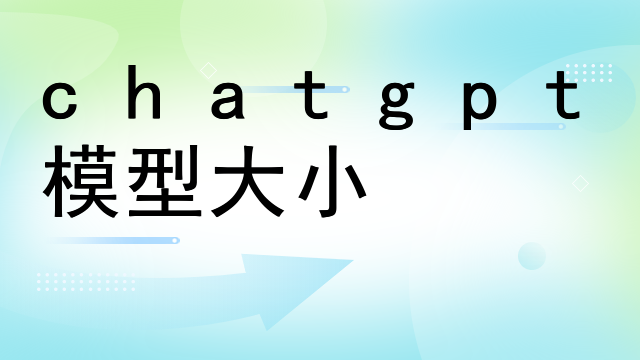
The chatgpt model is an artificial intelligence model based on natural language processing technology. It consists of two parts: a "chatbot" and a "GPT" (Generative Pre training Transformer). By pre training massive corpus data, it can automatically generate high-quality, natural and fluent dialogue content. The size of the chatgpt model mainly refers to the computational resources and memory capacity it requires. Due to the fact that the chatgpt model is based on deep learning technology, it requires a large amount of computational resources to complete the training and inference process. At present, the size of chatgpt models is usually measured by the "number of parameters", which is the number of parameters that need to be estimated in the model. Taking the common chatgpt-2 model as an example, it has a parameter count of 150 million and requires at least 16GB of graphics memory to run. Larger models, such as chatgpt-3, have a parameter count of 1.75 trillion and require cluster computing and special hardware support to run. These massive models require the use of distributed training techniques to allocate computing tasks to multiple computers, thereby accelerating the training process. In practical applications, the size of the chatgpt model needs to be selected based on specific needs. Smaller chatgpt models can run on smaller devices and have faster response times, but may sacrifice some dialogue quality. A larger chatgpt model can generate more natural and fluent dialogue content, but it requires larger computing and storage resources, and longer training and reasoning time. Overall, the size of the chatgpt model is a comprehensive consideration of various factors such as computing resources, storage capacity, and conversation quality, and needs to be selected and optimized based on practical application needs. With the continuous progress of technology, the size of the chatgpt model may further expand in the future, thereby achieving a more natural and user-friendly dialogue experience.
-
5
Chatgpt model parameters

The application of ChatGPT model parameters in the field of natural language processing is an important technology that enables machines to better understand the meaning of human natural language. In the field of natural language processing, the ChatGPT model has become one of the most popular and widely used models. The ChatGPT model is a language model based on Transformer, which uses autoregression to predict one marker at a time. It was launched by the OpenAI team to address the issue of open domain text generation. This model has achieved excellent performance in various natural language processing tasks, such as question answering systems, machine translation, and text generation. The ChatGPT model parameters, like other language models, are trained from a large amount of data and computing resources. Using unlabeled corpus to pre train models is currently one of the most popular methods. The OpenAI team used a large amount of text data from the Internet, such as Wikipedia, news texts, novels, etc., to pre train the model. The number of model parameters is particularly important as it directly affects the performance and stability of the model. In the field of natural language processing, the ChatGPT model parameters are widely used. It can be used as a chat robot to help people solve problems in their daily lives. A chat robot is like an intelligent assistant, able to answer your questions and help you complete specific tasks. In addition, the ChatGPT model can also be used for machine translation to translate text from one language into another. This technology is particularly important for globalized enterprises as it can help them break language barriers and better align with the global market. The ChatGPT model parameters can also be used for text generation. Text generation is a very interesting technique that allows machines to generate meaningful statements or articles based on prompts or rules. This technology can be applied to multiple fields, such as advertising, recommendation systems, news, etc. The text generation capability of the ChatGPT model is excellent, as it can generate articles with clear themes and clear logic. In summary, the ChatGPT model parameters are widely used in the field of natural language processing. It has achieved many excellent results, which are of great help to people's lives and work. In the future, with the use of more data and larger computing resources, the ChatGPT model will play an increasingly important role in the field of natural language processing.
-
6
How big is the chatgpt model

The chatgpt model is an artificial intelligence model based on natural language processing technology, which can perform natural language interaction operations such as dialogue and question answering. This model adopts neural network algorithms and combines the technology of the GPT-2 (Generative Pretrained Transformer 2) model. By learning from a large amount of text data, the model can understand the meaning of human natural language, thus achieving operations such as dialogue and question answering. According to current publicly available data, the size of the chatgpt model is approximately 1.6GB, which contains a large amount of textual data and model parameters. These textual data cover various fields and themes, including news, social media, academic papers, novels, movies, music, and so on, and can be said to be very comprehensive. In practical use, the chatgpt model often needs to be loaded onto specialized computing devices, such as GPU servers. This is because the model has a large number of parameters and requires a large amount of computational resources for training and reasoning. However, with the continuous development of computing technology, there are currently some cloud computing platforms that provide online usage services for the chatgpt model. Users can achieve dialogue and Q&A operations through simple API calls. In summary, the chatgpt model is one of the most advanced natural language processing models currently available, and it has wide applications in application scenarios such as question answering and dialogue. Although its model size is large and requires certain computational resources to support, its ability in natural language understanding and generation is already very strong, which can bring more innovation and convenience to human society.
Popular Services
More-
 AI customer service
AI customer serviceFully automated intelligent assistant, making services smarter and more efficient


